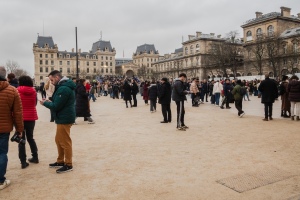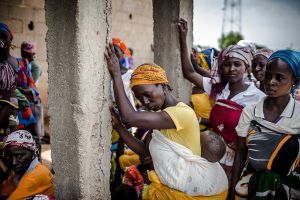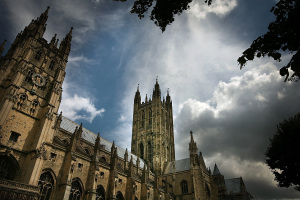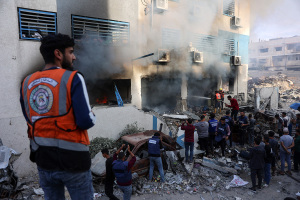6 Facts You Should Know About Syrian Refugee Debate
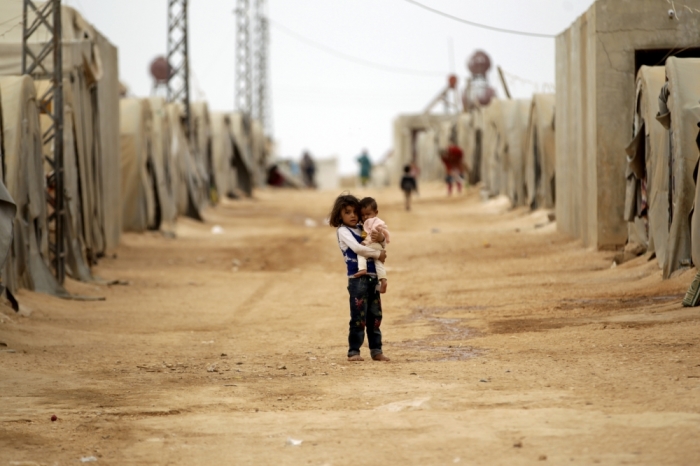
WASHINGTON — As the debate over whether Syrian refugees should be allowed to resettle in the United States has heated up following the Islamic State's attack on Paris, a panel of refugee resettlement experts briefed congressional staffers on Monday about the facts behind the U.S.' refugee resettlement process.
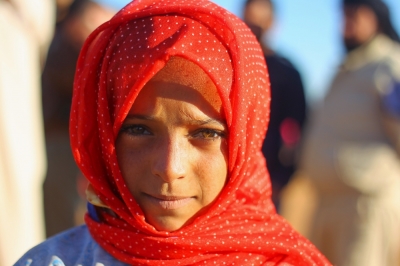
While over 4 million refugees have fled Syria due to the ongoing civil war and the rise of the IS, also called ISIS or ISIL, many politicians and presidential candidates have argued that allowing Syrian refugees to enter the U.S. will make the American public more susceptible to terrorist attacks from extremists who have infiltrated the resettlement system.
However, such rhetoric does not match up with the facts provided by the panel, which included representatives from three of the nine agencies authorized to resettle refugees inside the U.S., and other human rights experts.
Below are six facts that readers should know about the Syrian refugee resettlement debate.
1. Resettled refugees are the most thoroughly vetted immigrant group In the U.S.
With the U.S. planning to take in as many as 10,000 Syrian refugees in the next year, any refugee who wants to seek asylum can not apply to be resettled into the United States. They must be referred to the U.S. by the United Nations.
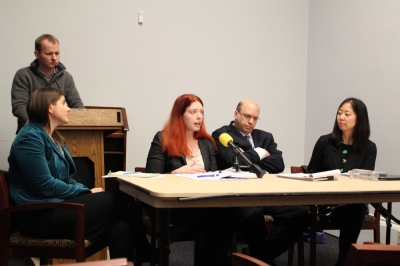
Britanny Vanderhoof, policy council with the U.S. resettlement agency HIAS, told the staffers that even before referring refugees to the U.S., the United Nations High Commissioner for Refugees does its own screening of the refugees to ensure there are no troubling security risks.
Once the United Nations refers a refugee to the United States, they must go through an extensive State Department vetting process that can take anywhere from 18 months to two years to complete.
After the refugees' cases are reviewed by the State Department's regional refugee coordinator, who can remove a case for any number of reasons, Vanderhoof explained that the refugees' case files go to the Refugee Support Center. The RSC verifies the information with a contractor and once the information is verified, the State Department's official security check process can begin.
Vanderhoof stated that all the refugees biographic and biometric data is vetted through a number of federal agency databases, including the State Department, the FBI, the Department of Defense, Department of Homeland Security and the National Counterterrorism Center.
Vanderhoof added that if the U.S. is able to check the databases of other countries in the region like Jordan or Lebanon, where the refugees may have first migrated to upon leaving Syria. If the State Department is unable to find data or records on a refugee, the refugee will not be allowed in the country.
After all databases are checked and everything is cleared, every refugee over the age of 14 is interviewed by highly trained officials within the U.S. Citizenship and Immigration Services. After the interviews are successfully completed, the refugees' cases are sent back to State Department's headquarters for one final review.
"Refugees are subject to the highest level of scrutiny available and they are the most thoroughly vetted of immigrant population coming into the United States," Vanderhoof asserted. "This is a very extensive process. All available information is used. The system allows for refugees to come the United States safely. It is safe for Americans and it allows refugees to start rebuilding their lives."
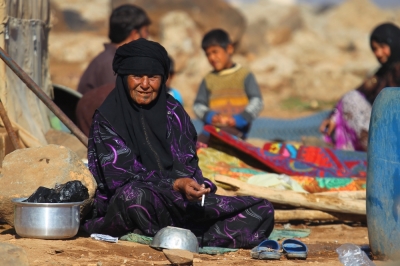
2. The United States has a stronger vetting system than European nations.
Vanderhoof explained that the United States has the luxury of being able to screen all refugees who come to the country, unlike European and Middle Eastern countries who are being forced to deal with the thousands of refugees who just show up at their borders.
"Our system is very different from what some of the European systems are experiencing right now," Vanderhoof said. "What the Europeans are seeing right now are refugees showing up to their shores, before they are ever screened. That does not happen with the U.S. resettlement program. The refugees are screened before they ever set foot in the United States, that is one distinction. Also, the U.S. is not resettling refugees from Europe. All of the refugees that the United States is resettling have been living for years in host countries in the region."
3. The refugee resettlement process has an outstanding vetting track record.
According to Kathleen Newland, the co-founder of the Migration Policy Institute, only three out of the 784,000 refugees resettled in the United States since Sept. 11, 2001 have been arrested for terror plots.
"The reality is this: The United States has resettled 784,000 refugees since September 11, 2001," Newland wrote. "In those 14 years, exactly three resettled refugees have been arrested for planning terrorist activities — and it is worth noting two were not planning an attack in the United States and the plans of the third were barely credible."

















